
Gene duplication and aneuploidy trigger rapid evolution of herbicide resistance in common waterhemp
Blog, Plant Science Research Weekly, Research, Research BlogPlant Physiol. Herbicide resistance is a serious problem in contemporary agriculture. One of the most widely used herbicides, glyphosate, interferes with the activity of EPSPS (5-enolpyruvylshikimate-3-phosphate synthase). Koo et al. previously showed that glyphosate-resistant waterhemp (Amaranthus tuberculatus,…
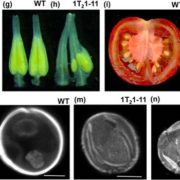
MutS-Homolog2 silencing generates tetraploid meiocytes in tomato (Solanum lycopersicum)
Blog, Plant Science Research Weekly, Research, Research BlogPlant Direct. DNA repair occurs by several independent mechanisms, one of which is the mismatch repair (MMR) pathway. In prokayotes, MutS is a component of the mismatch repair pathway; homologous proteins in eukaryotes are known as MSH (MutS homologs). Sarma et al. set out to develop a hypermutable tomato…
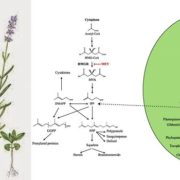
Dynamics of monoterpene formation in spike lavender plants
Blog, Plant Science Research Weekly, Research, Research BlogMetabolites. Terpenes are derived from isopentenyl diphosphate (IPP) and dimethylallyl diphosphate (DMAPP), which are produced in two separate pathways: in the cytosol (via mevalonate, MVA) and the plastid (via methyl-D-erythritol-4-phosphate, MEP). The products of terpene metabolism include numerous…
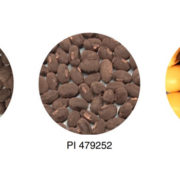
Elevation of soybean seed oil content through selection for seed coat shininess
Blog, Plant Science Research Weekly, Research, Research BlogNat. Plants. Soybean is the world’s sixth most produced crop and is economically important as a source of protein and oil in animal and human food, as well as having industrial applications. Domestication of soybean has resulted in the absence of seed coat bloom, a powdery coating containing hazardous…
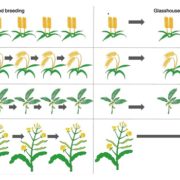
Speed breeding is a powerful tool to accelerate crop research and breeding
Blog, Plant Science Research Weekly, Research, Research BlogNat. Plants. The current rate of crop plant breeding, limited by the long generation time of crop plants, is insufficient to address the needs caused by the enormous increase in the human population accompanied by climate change. Watson et al. have recently presented a method called ‘Speed breeding’…

Perception and reading strategies of scientific papers depends on academic career stage
Activities, Blog, Education, Plant Science Research Weekly, Research, Research Blog, UndergraduatePLOS One. Katharine Hubbard (@KEHplantsci) and Sonja Dunbar (@PlantSciSonja) are enthusiastic proponents of student-centered teaching, including guiding undergraduate students through the reading of scientific papers. In this new work they’ve evaluated how undergraduate students compare to graduate…

Ten simple rules for drawing scientific comics
Blog, Plant Science Research Weekly, Research, Research BlogPLOS Comp. Biol. No doubt, science communication is a struggle for many scientists and science institutions. There is an increasing need to improve public science understanding and/or engagement. Good science communication is crucial to help recruit next generation scientist, highlight science’s role…
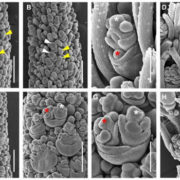
What We're Reading: January 12th edition
Blog, Research, Research Blog, WWR Full PostFocus Issue: Cellular Dynamics
Plant Physiology has released a focus issue on the topic of Cellular Dynamics, which includes Updates on topics ranging from Actin Dynamics to Wall Growth. The Editorial by Szymanski, Bassham, Munnik, and Sakamoto provides an excellent overview of the current state of…

Highlights of Plant Science 2017
Blog, Research, Research BlogDuring the final week of 2017 we reminded you of some of the big stories and successes that came from our community. These stories were highly accessed through the ASPB and Plantae.org blogs, our many social media sites, and our journal websites. Originally publised as a set of six posts, we've assembled…

